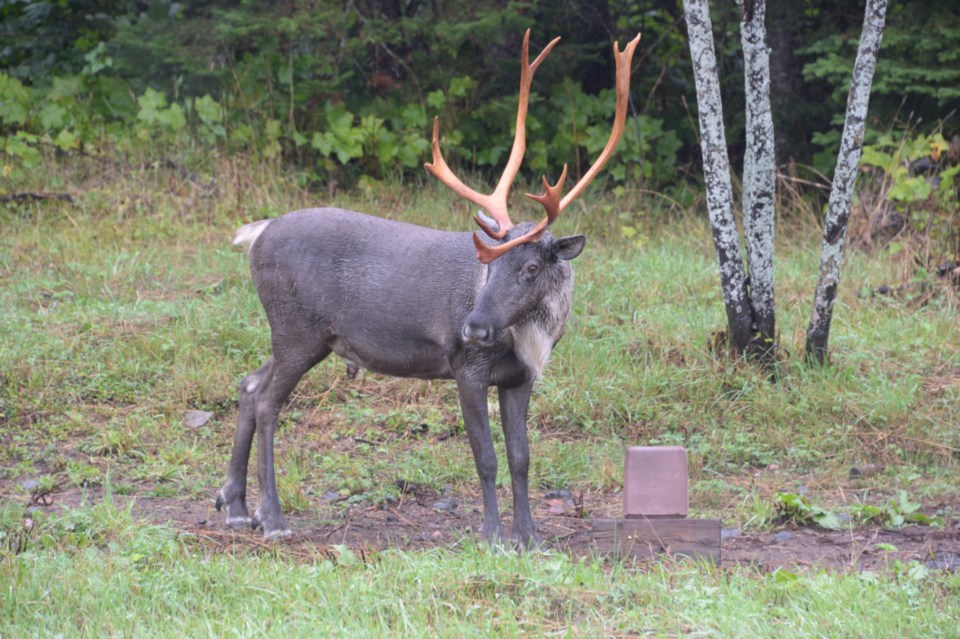Retired Ministry of Natural Resources and Forestry biologist Gordon Eason is looking to the provincial government to save the last remaining woodland caribou along Lake Superior’s north shore.
Eason - along with a small group of colleagues from the scientific community in Thunder Bay and Wawa - figure there are between 50 and 60 caribou scattered across the region.
The Wawa-based biologist tells SooToday there are less than 10 Lake Superior woodland caribou left on the mainland, and they're at serious risk of becoming extirpated, or wiped out regionally, as the caribou's range continues to recede over time.
“They used to be all along the south shore of Lake Superior and along the north shore of Lake Huron, and Manitoulin Island,” said Eason. “Their range has receded to north of Highway 11, so we’ve lost half of their range in Ontario since the 1800s.”
The area’s caribou population is already fragile, Eason says, due to wolves nearly wiping out the caribou on Michipicoten Island and the Slate Islands in 2014 after a particularly cold winter allowed for wolves to cross Lake Superior to the islands on the ice.
“The caribou population in 2014, we projected to be in the 900 to 1,000 range on that island, and [wolves] got them all in four years - except for the handful that were moved right at the last minute,” Eason said.
The Ministry of Natural Resources and Forestry (MNRF) completed the transfer of eight cows and one bull from Michipicoten Island to the Slate Islands in January 2018.
Eason and his colleagues aided Michipicoten First Nation in the relocation of another six caribou down to Caribou Island near the Canada-United States border, just south of Michipicoten Island.
“That’s all that’s left of the Lake Superior caribou, is this group on Caribou Island, the group on the Slate Islands and probably less than 10 on the mainland along the north shore,” he said.
Eason says that an aerial survey needs to be conducted this winter, with the located caribou then being flown by helicopter to the Slate Islands. The Slates, as he refers to the two islands, are free of both wolves and bears, and provide a secure location to retain the genetics of the mainland caribou.
“If we have those genetics, we can use that to better restore caribou along the Lake Superior shore,” he said.
